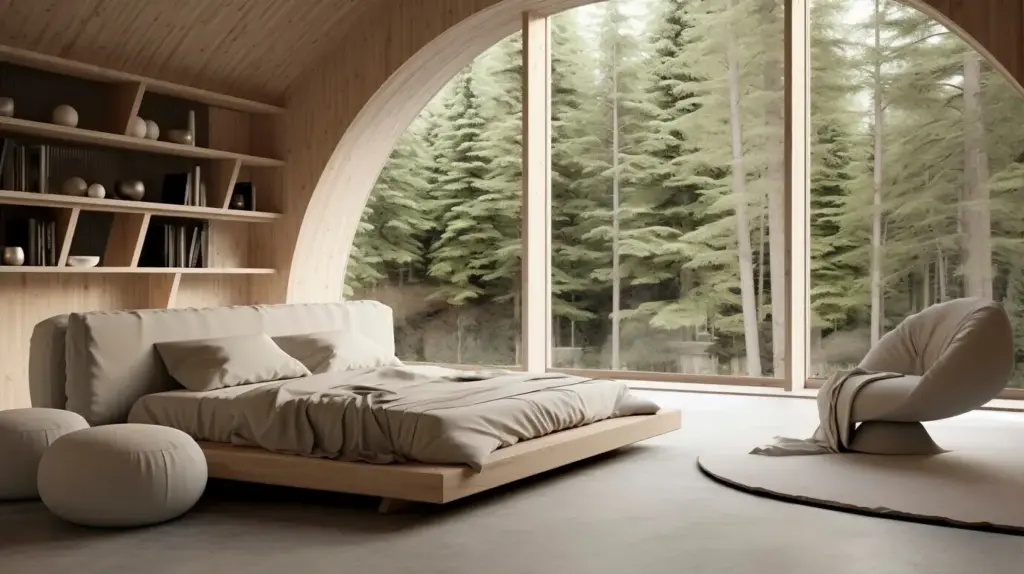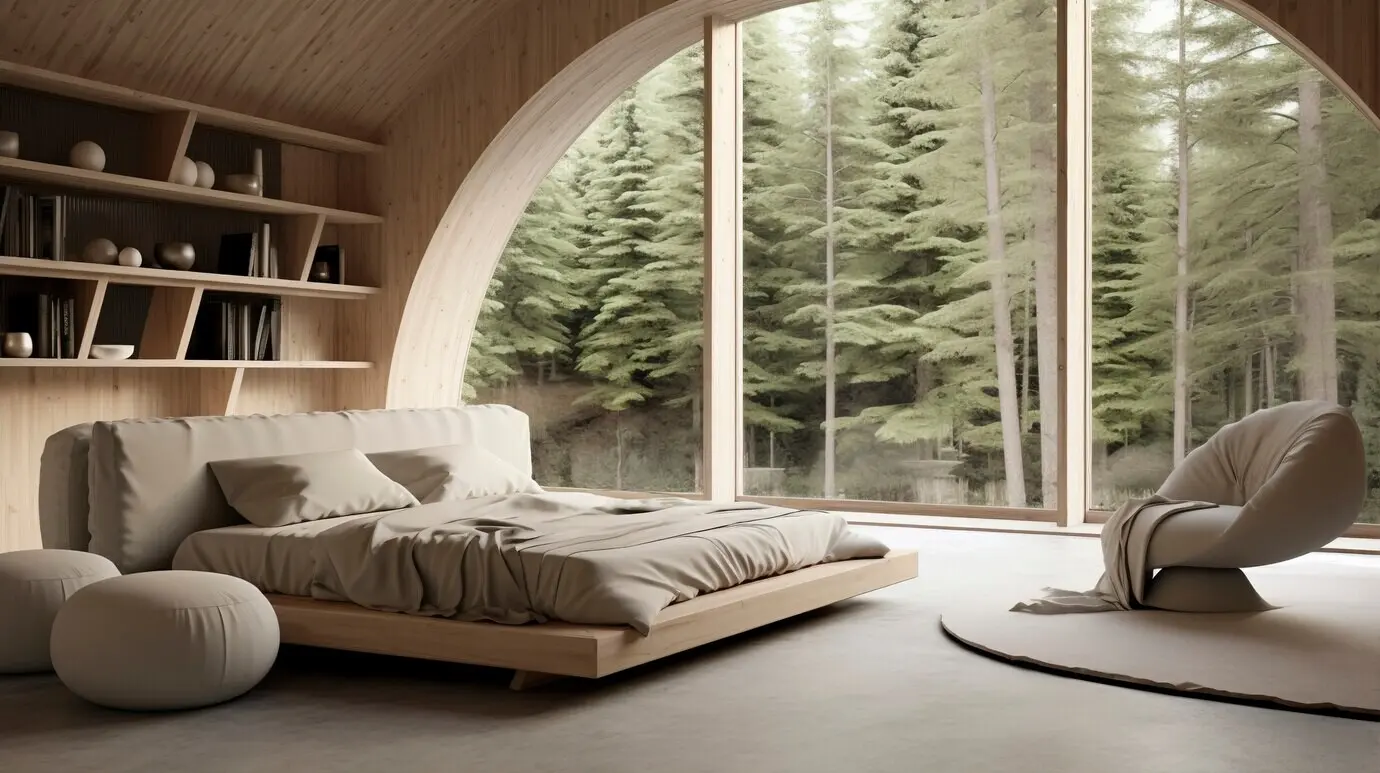Rooms That Breathe: Biophilic Design and Indoor Greenery for Modern Living
Patterns That Soothe the Mind
Textures That Invite Touch
Choosing Plants That Truly Thrive


Low-Light Champions
When north windows or deep rooms challenge growth, turn to ZZ plant, snake plant, cast-iron plant, and pothos for forgiving perseverance. They tolerate missed waterings and learn your routine while purifying stale corners visually and emotionally. Rotate pots monthly to prevent leaning, and dust leaves for better photosynthesis. Comment with your average room lux or a window photo; we’ll match resilient cultivars and explain adjustments as seasons shift.


Statement Specimens and Scale
Big forms anchor a room like sculpture. Consider rubber plant, fiddle-leaf fig, monstera deliciosa, or indoor olive where bright, indirect light reigns. Place tall specimens behind sofas or near room transitions to guide flow and frame views. Balance their drama with understory plants at mid and low heights. Post your floor plan sketch, and we’ll propose a layered composition that leads the eye without overwhelming pathways or seating comfort.


